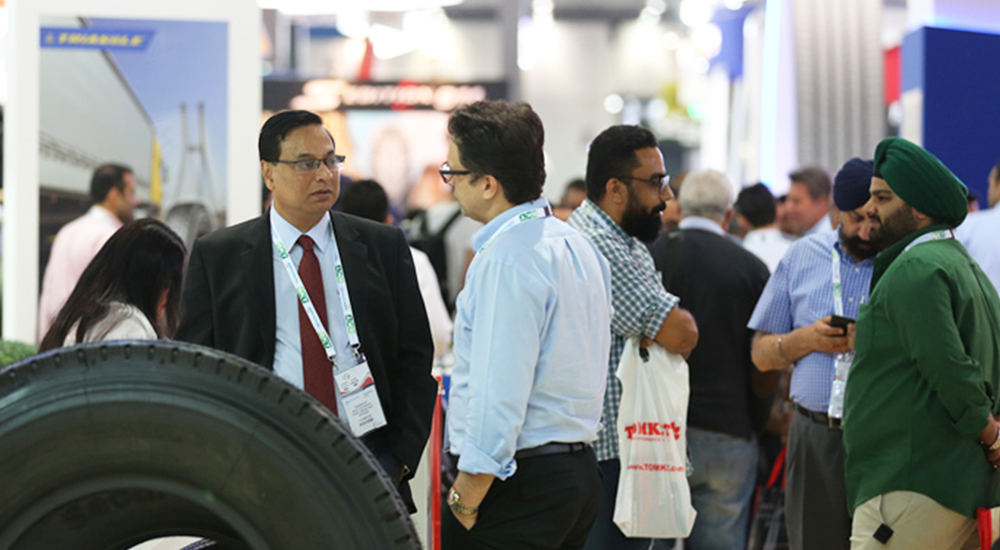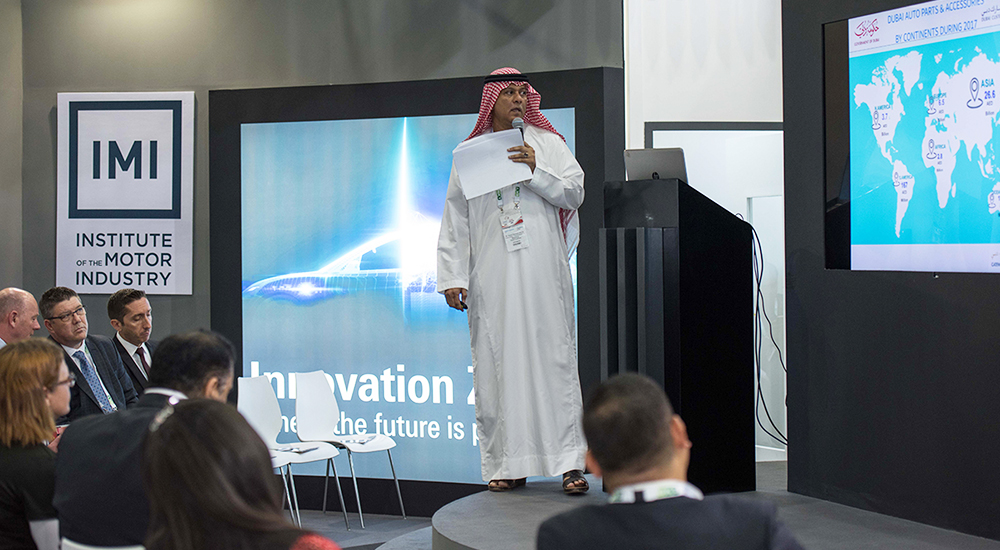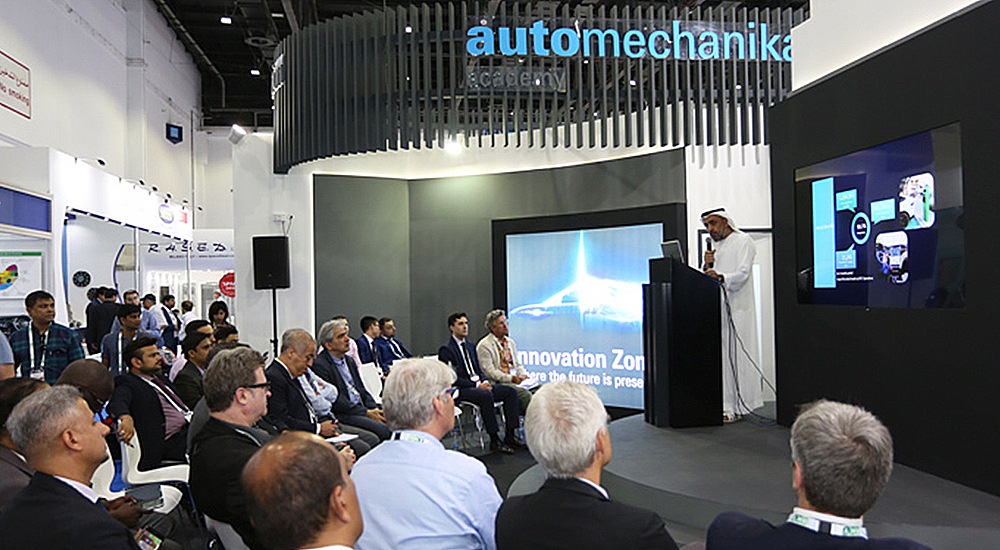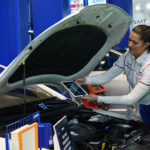Online sales enabling MEA auto aftermarket to reach $39+ billion by 2024

The Middle East and Africa’s auto aftermarket was worth a combined $61 billion in 2018, while a projected rise in car sales, and more manufacturing bases will steer the wider region toward 6% annual growth over the next six years, a newly published report said. Saudi Arabia’s decision to allow women to drive in 2018 and increasing online spare parts sales coupled with growing demand for vehicle modifications are other factors that will accelerate growth in the Middle East’s aftermarket, which was valued at $28.14 billion in 2018, according to a May 2019 whitepaper by global analysts TechSci Research.
This is estimated to grow at a CAGR of 5.8% over the next six years, valuing $39.6 billion in 2024, while in Africa, demand for aftermarket spare parts and services, valued at $33.17 billion in 2018, is tipped to increase at a CAGR of 6.25% over the same period, valuing $47.73 billion.

TechSci’s Middle East and Africa Automotive Aftermarket report details engine parts such as electric components, radiators, and exhausts comprising a 51% share of the Middle East’s aftermarket in 2018, followed by tyres 26% and lubricants 11%. Axles and transmission components comprise 4% of the market, while air and oil filters, suspension systems, batteries, and brakes each make up 2% of the market.
Those shares will remain much the same by 2024, though at a far higher value, fuelled by in new vehicle sales across the region. According to TechSci, 2.3 million Passenger Vehicles, and 430,000 Commercial Vehicles were sold in the Middle East in 2018, with this figure estimated to reach 3.68 million 3.07 million PCs, 610,000 CVs in 2024. Total vehicle parc CVs and PVs on the roads in the Middle East currently stands at 41.6 million, already presenting huge demand for aftermarket spare parts and services.
Country-wide, Saudi Arabia and the UAE are among the biggest Middle East markets for vehicle parc according to Techsci’s report, with Saudi Arabia contributing 7.49 million – 5.11 million PVs, and 2.38 million CVs to the region’s fleet, and the UAE 2.57 million 1.96 million PVs, 610,000 CVs.
Meanwhile in Africa, vehicle parc currently stands at 43 million, including 32.7 million PVs and 10.3 million CVs. With more assembly plants, government initiatives to improve domestic manufacturing, and growing construction and infrastructure projects, vehicle sales volume in the world’s second largest continent is projected to reach 1.56 million units by 2024, growing at a CAGR of 4.68% during 2018-2024. The make-up of the African auto aftermarket in terms of component shares by value is very similar to the Middle East, however the two regions differ significantly in how passenger vehicles are serviced.

TechSci’s report says 58% of PV services are carried out at authorised service centres in the Middle East, 36% at independent multi-brand service centres, and 6% at gas stations. In Africa, 50% of services are carried out in multi-brand centres, followed by authorised service centres 30% and gas stations 20%. Car owners in both regions are fairly diligent in ensuring their vehicles are in top shape, with 80% of owners in the Middle East and 78% in Africa servicing their cars as per the service schedule.
Looking forward, key growth factors for the regional auto aftermarket include a growing demand for spare parts for vehicle modifications; increasing investments in new channels of customer engagement such as quick delivery modes and online spare parts sales.
The second hand auto spare parts market in the Middle East has also developed into a full-fledged multi-million dollar industry, boasting more than 100 small and medium-sized enterprises spread across the region. The UAE is the major supplier of automotive spare parts within the Gulf region as well as for Iran, the CIS, Indian sub-continent and Africa.
“In the coming years, demand for both passenger and commercial vehicles will rise across the Middle East and Africa, driven by recovering economic conditions, government incentives to boost regional production plants, increasing per capita income, and ongoing construction activities,” said Mahmut Gazi Bilikozen, Show Director of Automechanika Dubai.
Key takeaways
- UAE is supplier of automotive spare parts within Gulf, as well as for Iran, CIS, India, Africa.
- Saudi Arabia and UAE are amongst the biggest Middle East markets for vehicle parc according to Techsci.
- Saudi Arabia contributing 7.49 million – 5.11 million PVs, and 2.38 million CVs to the region’s fleet.
- UAE contributing 2.57 million – 1.96 million PVs, 610,000 CVs to the region’s fleet.




